
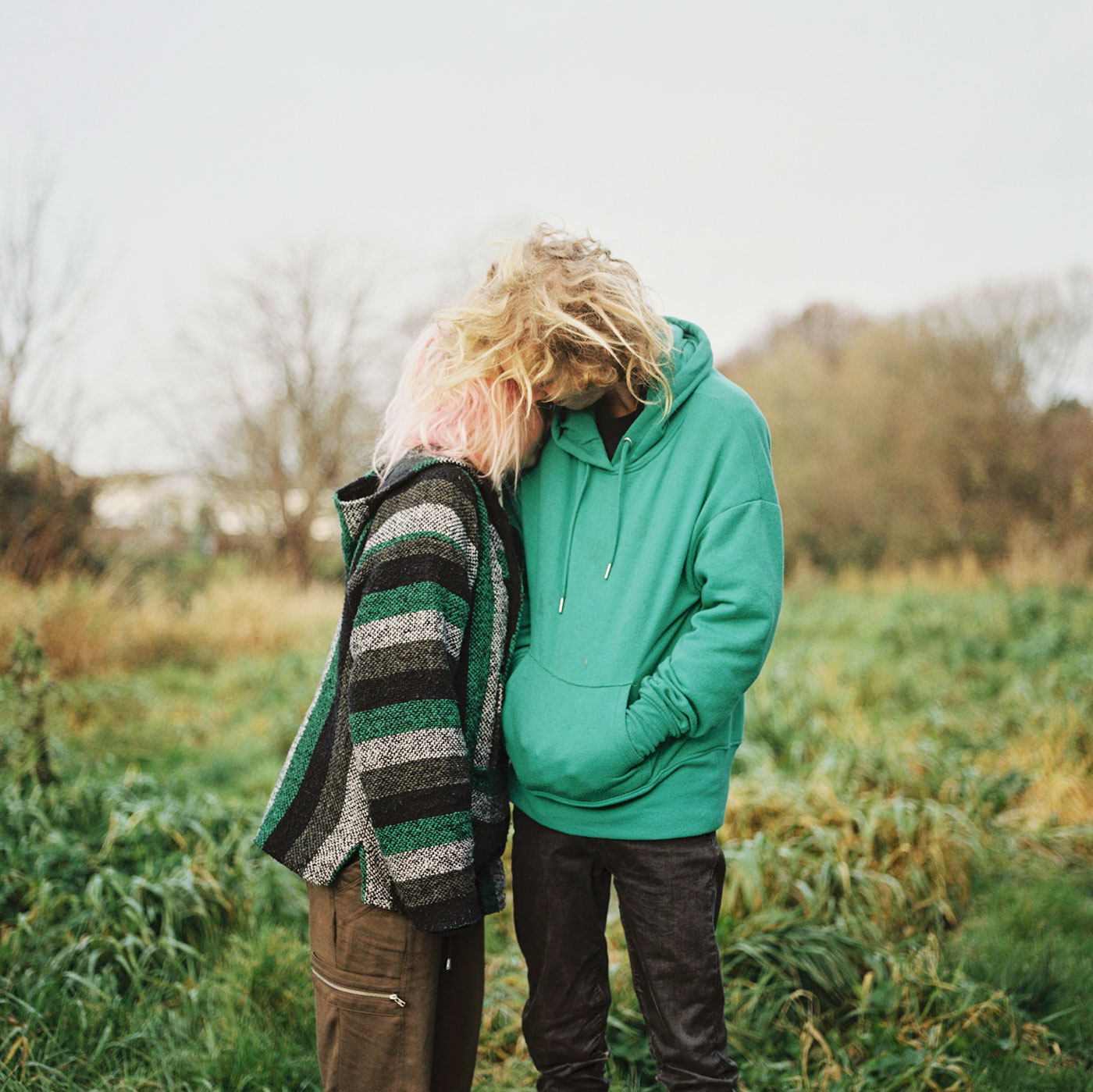
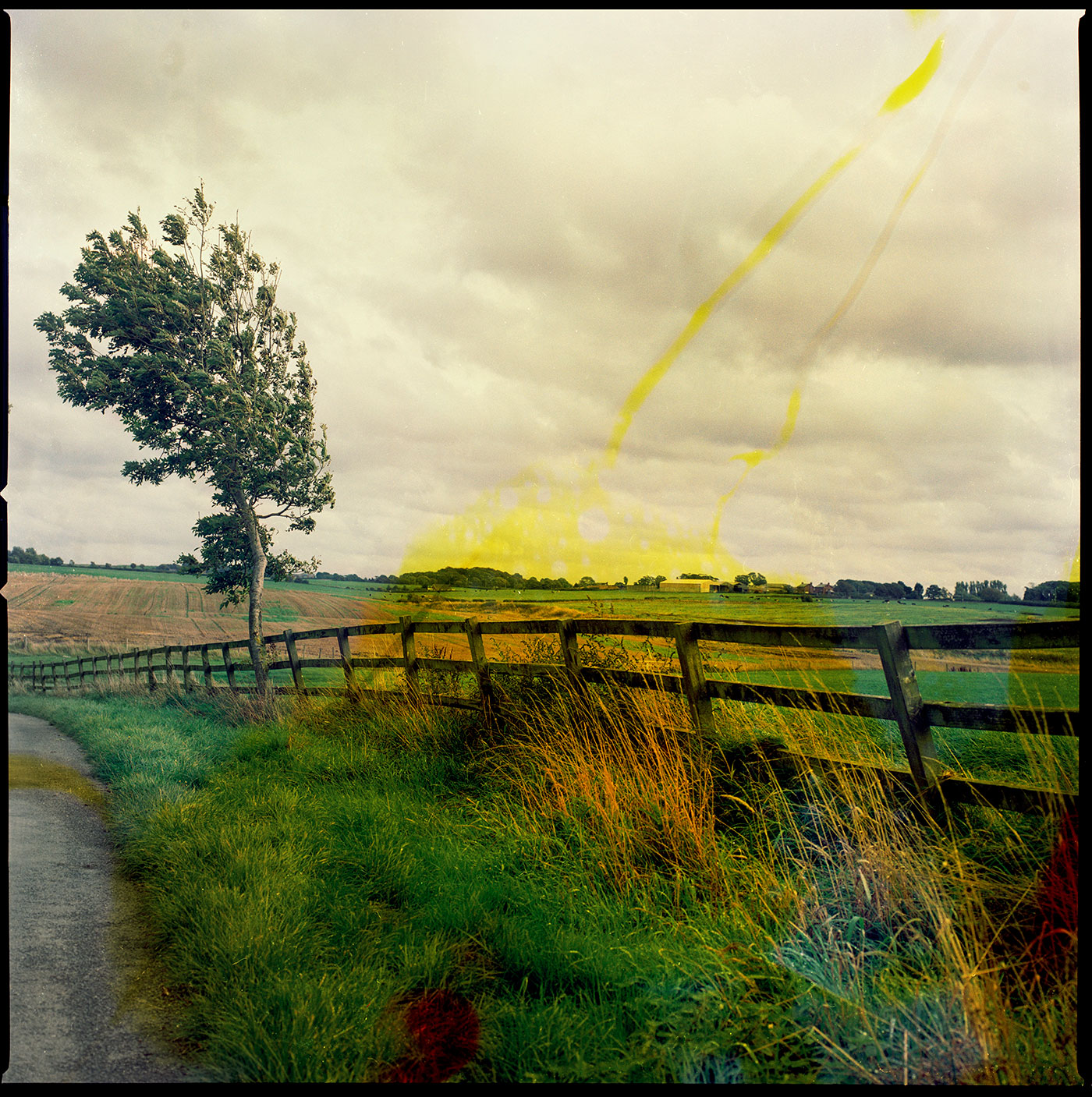
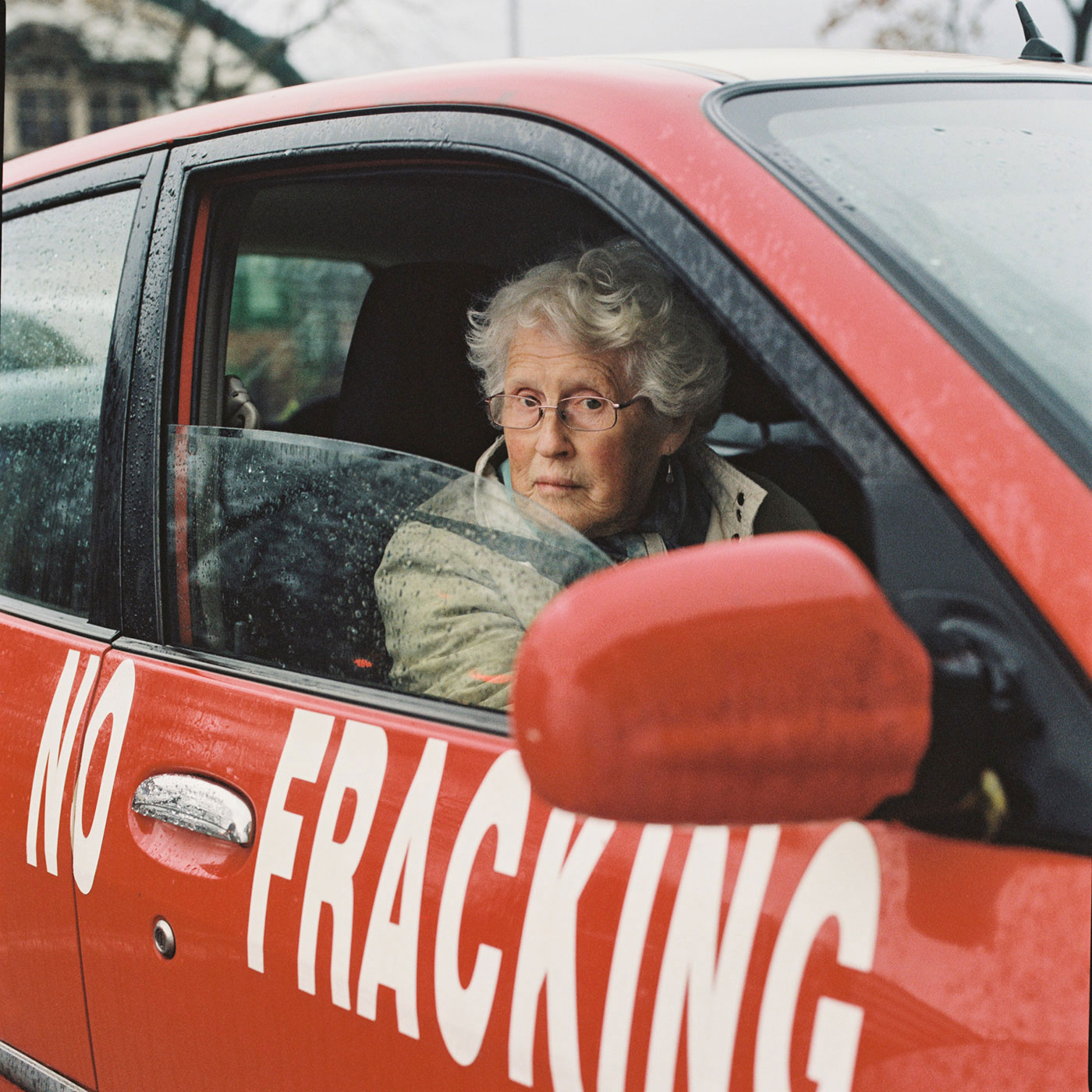
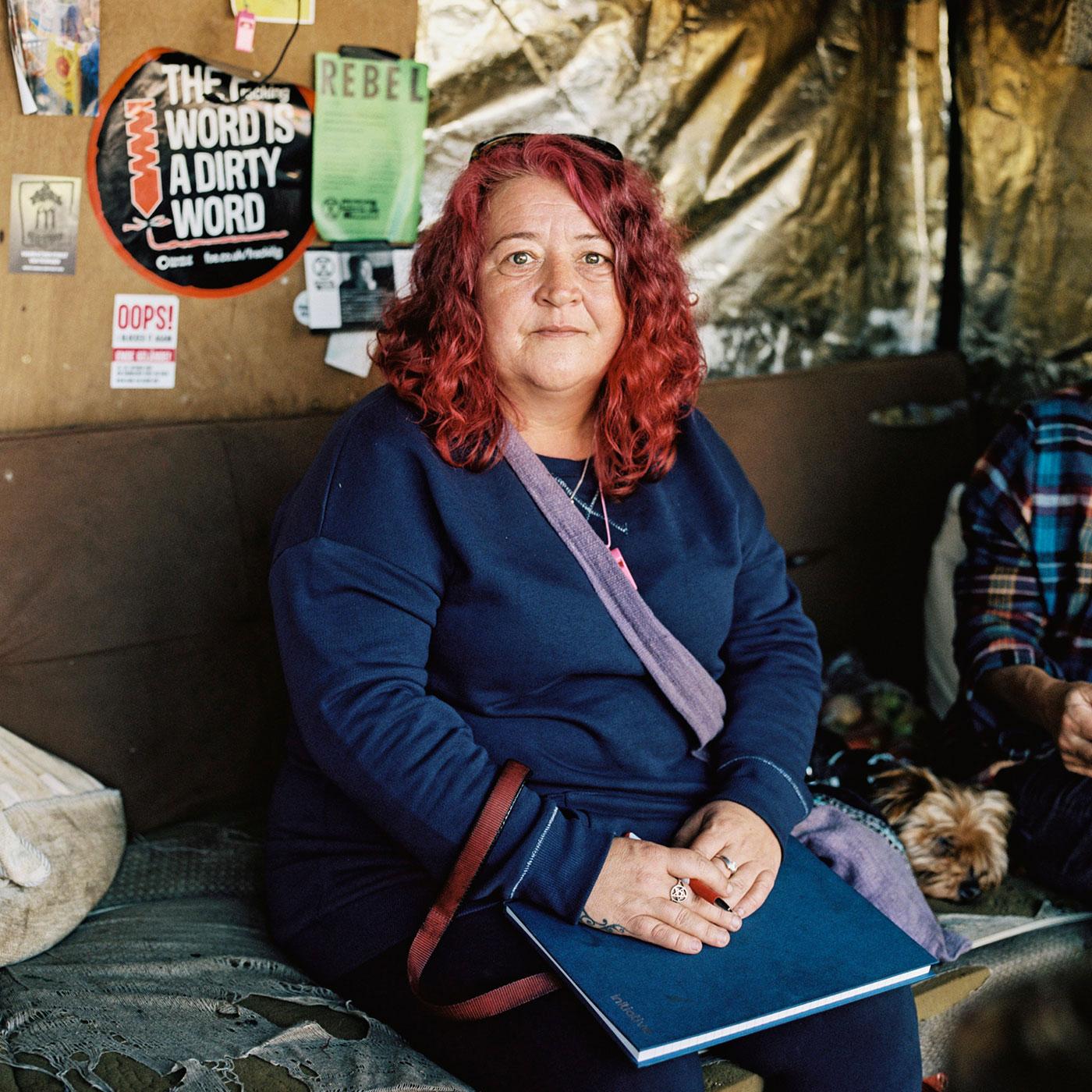
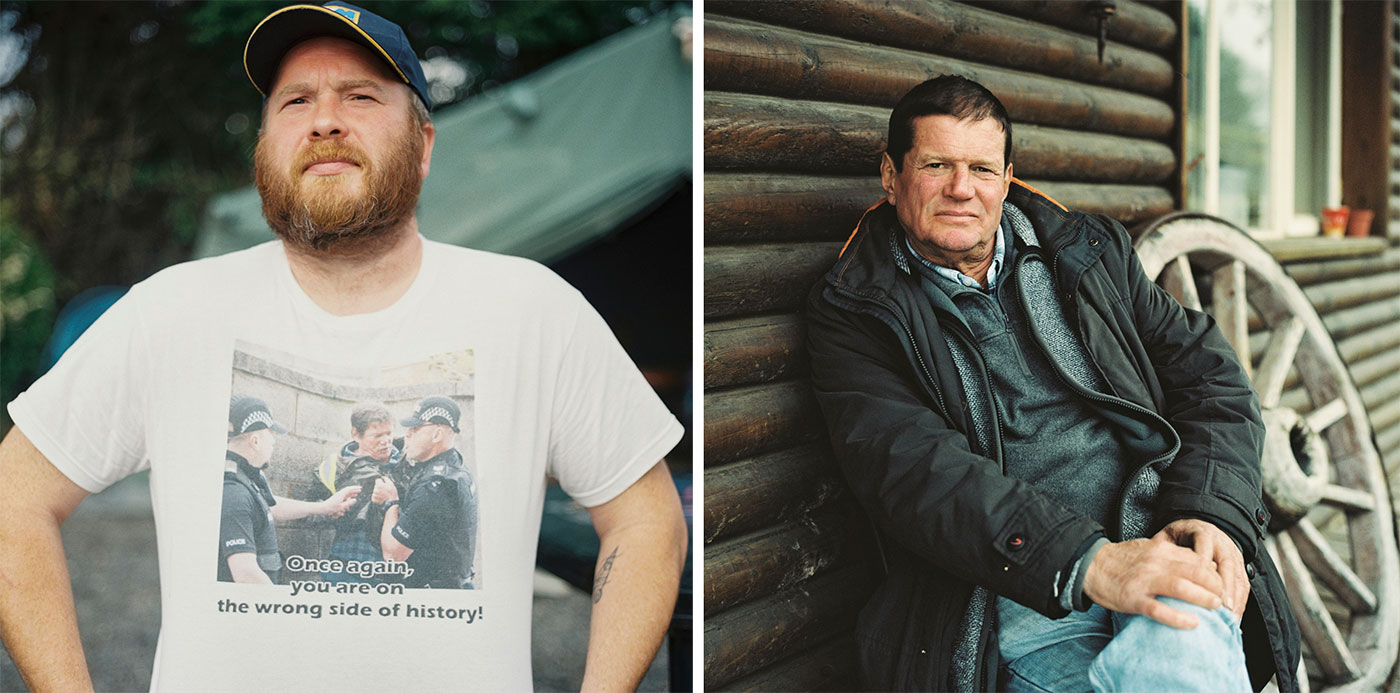

Artist's Statement
Rhiannon Adam
In July 2018, shale gas firm Cuadrilla was granted permission by the UK government to begin fracking a well on Preston New Road (PNR) in Lancashire, the UK’s first active fracking site since a moratorium on the practice was lifted. Fracking first took place in October 2018, with more than 60 tremors recorded since. PNR lies midway between Blackpool and Preston in England’s formerly industrial North. Between the mid 1950s and early 1980s, Blackpool was the 'go-to' for British holidaymakers, nicknamed ‘Vegas of the North’. As the cotton and coal mining industries diminished, so did Blackpool’s once-burgeoning tourism trade. The city still struggles, suffering from high unemployment and child poverty. For some, the fracking industry provides a welcome injection of cash, for others it is seen as the final nail in Blackpool's coffin. This project charts the local and national debate around fracking in the UK, using PNR as a backdrop. My aim is to capture the human side of the fracking story, including the faces and places most affected, and unite this with the chemical. I hope that this can help to broaden discussions about the practice. Members of the public find it hard to form opinions about fracking – as it is largely invisible, with most activity taking place underground. Local objection to fracking centres on the toxic chemicals that are pumped into shale rock, and the long-lasting impact that these may have on the environment, particularly in regard to polluting water supplies and seismic disruption. Internationally, fears are related to climate change more generally. To visually illustrate what a loss of clean water could look like, I used a mixture of local water including fracking site runoff and polyacrylamide (the main constituent in fracking fluid which secretes the known carcinogen, acrylamide) to damage the film before processing, suggesting what the reality of water contamination could look like, making invisible threats visible. The results are as unpredictable as the future. 40x40cm C-Type prints

